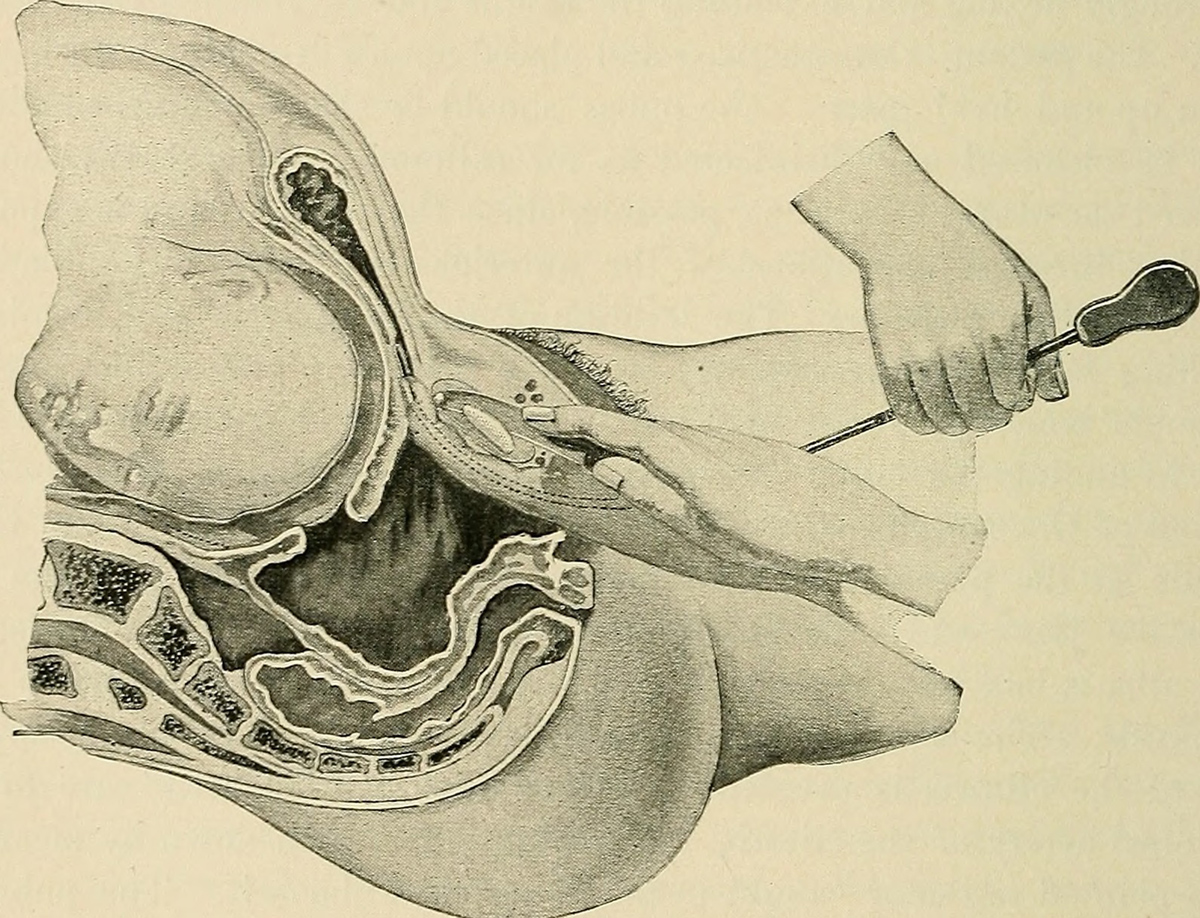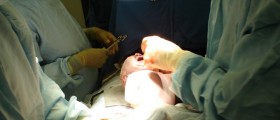
An episiotomy is the surgical procedure done during the labor in order to ease the delivery of a baby and to prevent some possible hazardous effects onto the pelvic muscles. Namely the incision between the vagina and rectum is performed. That way the baby passes the birth canal much easier and the mother is helped as well. Mothers are basically given anesthesia either an epidural (in the very beginning of the delivery) or the local anesthesia (right before the episiotomy). The incision is small, 2 to 3 cm in length and it is done in the mid-line or medio-laterally. After the delivery the area of episiotomy is thoroughly examined and the wound is treated with sterile water, antibacterial soap and sterile solutions. The surgeon then places the stitches paying attention to the necessity of stitching one layer after another. This way the wound will heal faster and the risk of possible later complications will be reduced.
Possible complications of this rather common surgical procedure include discomfort in the area of episiotomy, infections, forming of hematomas and leakage of stool and gas.
The discomfort can be considerable especially during intercourse. Some studies have confirmed that the length of the second stage (pushing of the baby through the birth canal) of the labor has to do with the increased long-term discomfort during sexual intercourse. The longer the second stage is the higher is the chance of discomfort.
Infections are other possible complications of the procedure. The very area is quite near the rectum therefore the chance of bacterial spread is increased. These infections are mainly superficial affecting the the outer layers but the infection may spread onto the deeper tissues causing more serious problems. If only the superficial layers are affected antibiotics are administered. In case of deeper infections doctors must reopen the wound and to insert a drain tube to alleviate the puss to come out.
In case that during episiotomy the hemorrhage does not stop on time this increases the chance of hematoma formation. Hematoma represents the collection of blood and the reopening of the wound is essential for remnant blood to be removed.
The most embarrassing complication is connected to stool and gas leakage. This occurs when sphincter does not properly work and there is connection between the wound and the rectum. There is even possibility that rectovaginal fistula has been formed and the patient in that case experiences the symptoms of stool leaking from the vagina. These serious complications are dealt with by another surgical procedure which is done to correct the function of the sphincter and to restore normal function of all the organs in the pelvis.

















Your thoughts on this
Loading...